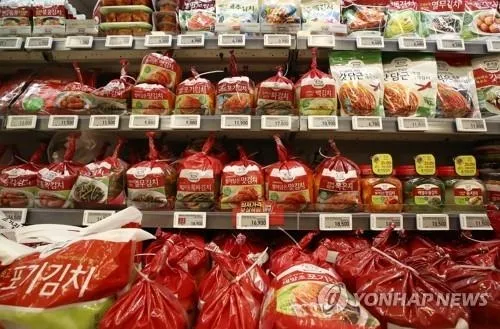Why Do Food and Beverage Prices in South Korea Rank So High Among OECD Countries?

Synopsis
Key Takeaways
- South Korea's food and beverage prices are the second highest in the OECD.
- The price index is 47% above the OECD average.
- Government measures are underway to stabilize consumer prices.
- Heatwave advisories have been issued in Gyeonggi Province.
- Inflation has increased consumer prices by 16% over five years.
Seoul, June 15 (NationPress) Food and beverage prices in South Korea have been reported to be the second highest among the nations of the Organization for Economic Cooperation and Development (OECD), according to data released on Sunday. The food and beverage price index in South Korea reached 147 in 2023, which is 47 percent above the OECD average, as per purchasing power statistics compiled by Yonhap news agency.
This figure ranks South Korea just behind Switzerland, which stands at 163, out of the 38 OECD member countries. For context, the United States has a price index of 94, while Japan and Germany report indices of 126 and 107 respectively.
In the first quarter of this year, South Korea's consumer price index was reported at 116.03, demonstrating a 16 percent increase over the last five years, according to Statistics Korea.
The index for essential goods—covering 144 items related to daily living, like food, clothing, and housing—was noted at 119.09 for the first quarter, with food prices alone at 125.04.
In response to soaring prices, the Seoul government is devising comprehensive measures aimed at stabilizing consumer prices, particularly targeting the rising costs of eggs and processed foods.
Additionally, the first heat wave advisory of the season was issued on Sunday for the inland regions of Gyeonggi Province surrounding Seoul. The Korea Meteorological Administration announced the advisory for areas such as Pocheon, Gapyeong, Paju, Anseong, and Yeoju, effective from 9 a.m. A heat wave advisory is triggered when temperatures are expected to stay at 33°C or higher for two consecutive days.
This year’s initial heat wave advisory was issued five days later than in 2022, where the first alert was set on June 10 for various parts of the Gyeongsang regions.









